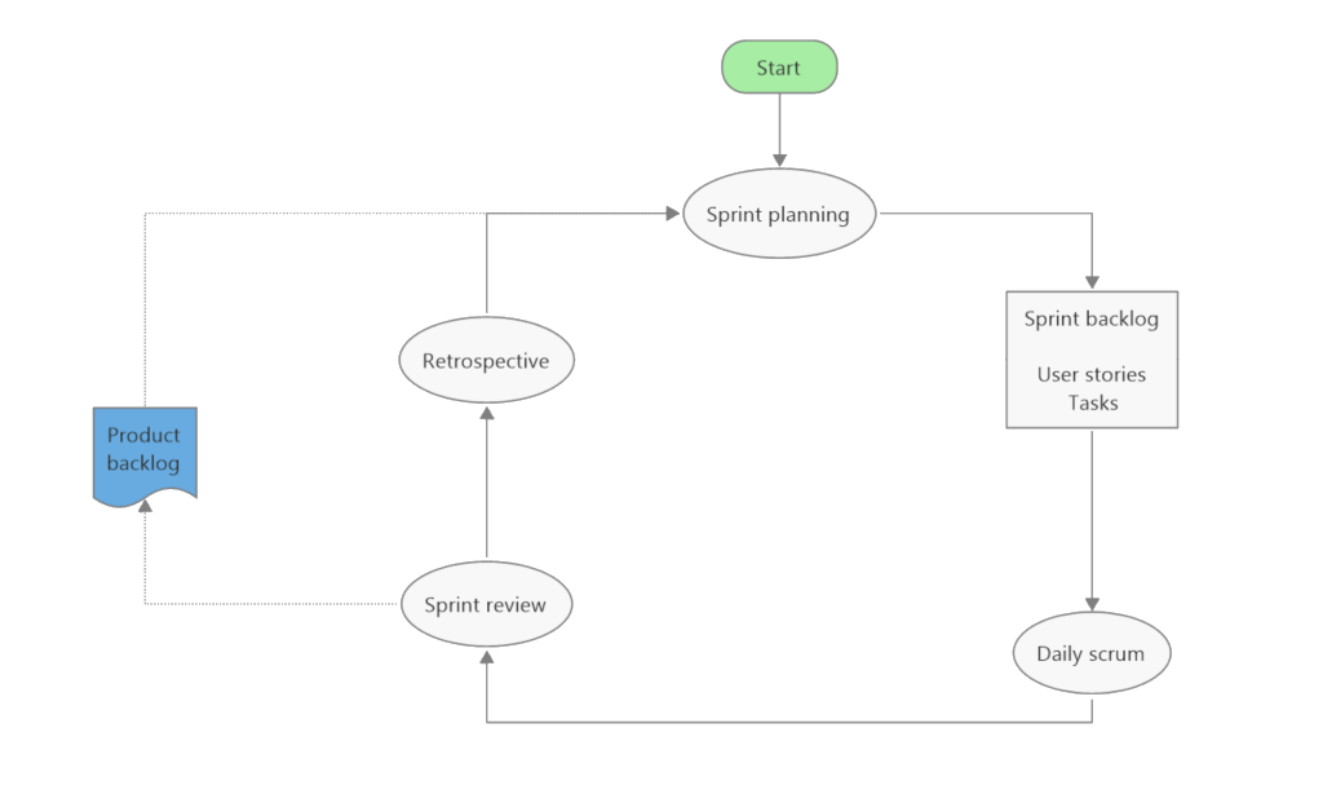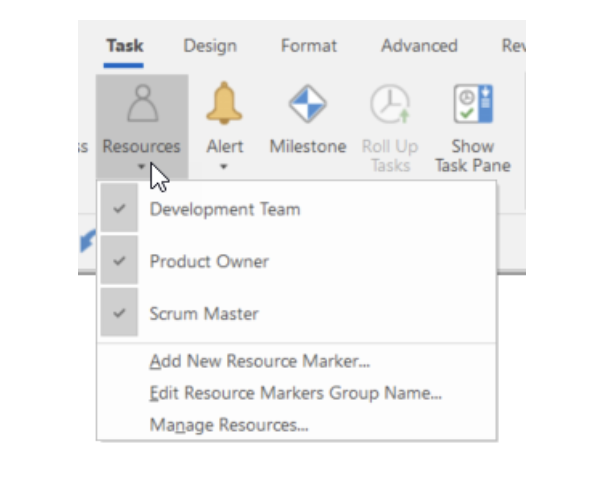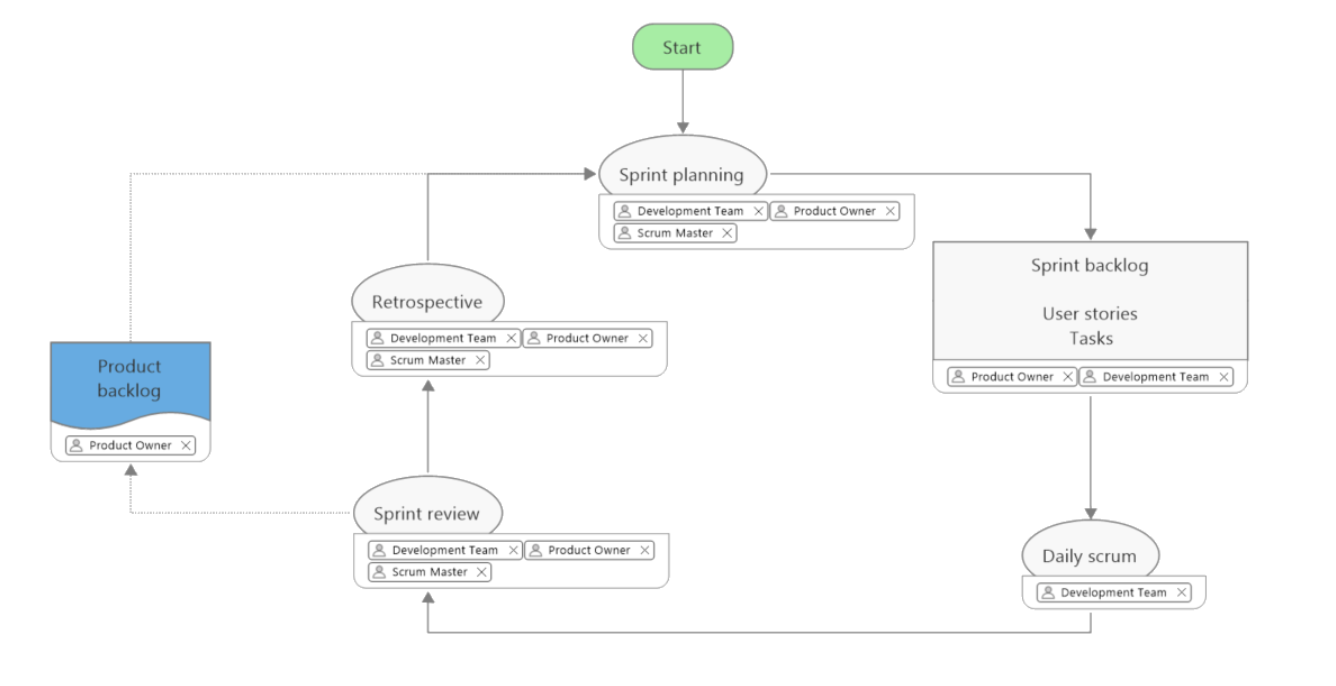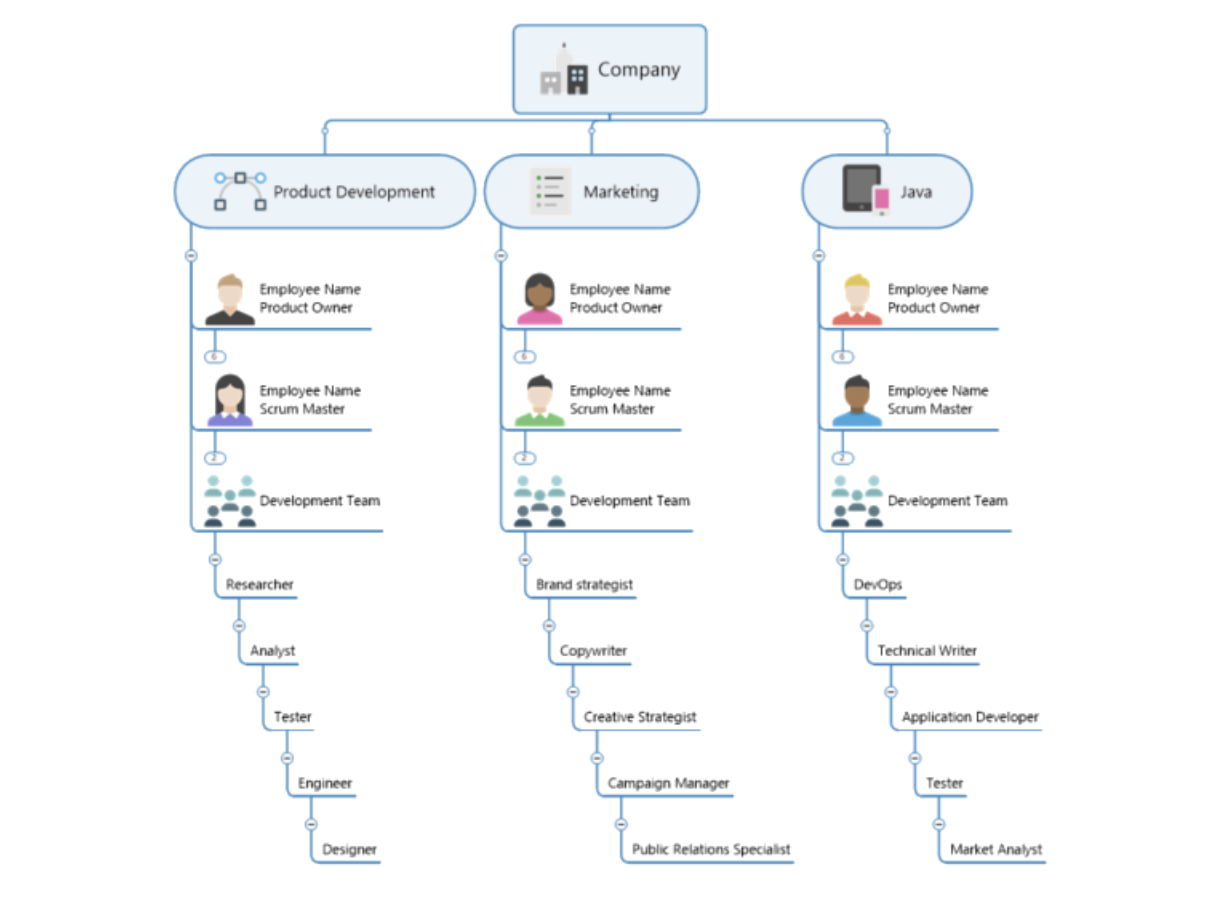Scrum is a framework in the Agile methodology of project management. It is one of many ways organizations can put Agile processes into practice to improve projects and their outcomes.
Business research has found that Agile is the most popular project management methodology, with over 70% of US companies using Agile processes. Its popularity is due to Agile’s proven results—a 64% project success rate with an average 60% growth in profit and revenue.
Companies adopt Agile for these and other obvious benefits, such as increased productivity and streamlined workflows. However, it is worth noting that business leaders are more likely to leverage Scrum roles and responsibilities more than any other type of Agile framework. Of surveyed respondents, a majority (66%) adopted the Scrum methodology.
In this article, we will examine Scrum project management, including its key roles and responsibilities. We will also cover how you can outline this information with an organizational chart as well as within a project workflow or Scrum responsibilities matrix.
What is Scrum project management?
Scrum project management is designed to support the realities of a collaborative work environment. In this methodology, change is expected throughout the lifecycle of the project. This helps people respond faster and more efficiently to changing requirements or unexpected conditions.
The Scrum methodology is best-known for its sprints, which are iterative cycles of fixed lengths. These short phases are when project work takes place. Team members can work simultaneously rather than sequentially, using a visual framework such as a Scrum board to organize and track various project components.
A Scrum team consists of three roles: the Scrum master, product owner, and development team. Each Scrum role has defined responsibilities, and no single role is above another. An effective Scrum team is self-organizing, collaborative, and cross-functional regarding the skills of its members.
Scrum master
The Scrum master ensures that people leverage Scrum values in their work. They are not ‘in charge’ of the team and instead fill a mentorship role to drive the team’s success and help with issue resolution throughout the project.
Highly knowledgeable in Scrum practices, a Scrum master is able to help others understand and use these processes to perform at their highest level. This person also ensures that internal and external distractions will not negatively impact the team as they work through the various sprint cycles.
The specific tasks assigned to a Scrum master vary according to the organization and team’s specific needs. In general, this individual typically has the following Scrum-related responsibilities:
Facilitate and lead Scrum events, including sprint planning, daily standups, sprint reviews, and retrospectives.
Help the team understand product backlog items and ensure that they don’t add more tasks to the workflow than what they can deliver within a sprint.
Lead and coach team members in self-management and cross-functionality to increase collaboration and performance.
Self-management empowers individuals to decide what tasks they will work on as well as when and how. It also makes the team responsible for monitoring and managing processes as tasks are completed.
A cross-functional team is one that possesses all the skills necessary to get the work done. While not every individual needs to have all the skills, the group’s combined skillset makes them successful and productive.
Product owner
A product owner acts as a go-between for the team and external stakeholders. This helps Scrum teams understand overall product goals, such as market trends and customer expectations.
While the Scrum master focuses on the team, the product owner manages the product itself. A key role of the product owner is backlog management, including the order in which tasks enter the workflow. Product owners are solely accountable for managing the product backlog, even if they delegate the work to others.
A product owner fills a critical role within a Scrum team. This individual ensures both the company and the customer realize the maximum value from the product development process.
With Scrum, responsibilities that fall to the product owner include the following tasks:
Manage and update the backlog according to customer requirements. Prioritize backlog items and establish the correct sequence of work tasks for the Scrum board.
Participate in Scrum events such as sprint reviews to identify opportunities for improvement.
Act as a primary point of contact between all relevant stakeholders (e.g., customers, development teams, and business managers).
It’s important to note that while the product owner prioritizes the product backlog, they do not manage the team’s workload. Because Scrum teams are designed to be self-managed and cross-functional, team members decide how much work can be done in a sprint and how many sprints will be needed to complete the product.
Instead of allocating tasks over a timeline, the product owner’s role is to motivate the team. This is done by clearly defining the goals for each sprint in terms of user stories, which describes a feature or function in terms of how it benefits the end-user. Because user stories focus solely on user wants/needs, it’s easy for team members to select the most relevant user stories to work on for that sprint.
Development team
The development team consists of the individuals who do the day-to-day work in a Scrum sprint, such as writers, analysts, designers, and programmers, among others. Its members do not hold individual titles in recognition of the fact that the team is responsible for product success or failure, not individuals.
Under the guidance of the Scrum master, the development team works to practice Scrum values in day-to-day activities. Once the product owner selects what needs to be part of an upcoming release, developing and delivering the increment under criteria that meets the Definition of Done falls to the development team.
The development team has the following responsibilities in Scrum project management:
Select tasks from itemized product backlog based on the objectives and goals for the sprint.
Monitor progress toward the sprint goal and adjust the daily plan as needed.
Participate in sprint reviews and retrospectives to inspect and optimize products and processes.
A development team typically has three to nine members (not including the Scrum master or product owner). This size is preferred because the larger the development team, the more likely that communication issues may occur. On the other hand, with less than three members, a development team may experience skill constraints and low productivity.
Outlining Scrum roles and responsibilities
Business leaders who apply Scrum project management practices can enhance the quality, speed, and value of products and services. To be effective, Scrum teams should be autonomous and self-organizing, using Scrum boards and other visual tools to manage their work.
Fortunately, there are a variety of visual tools and frameworks that make it easy to see who is responsible for what within a Scrum workflow. For example, you can create a Scrum project workflow in MindManager® that looks like the following:

A typical Scrum workflow made in a MindManager flowchart template.
Then, you navigate to the Resources tab and add resource labels to the Scrum events.

Add, edit, and manage your resource markers.

You can add and customize labels to identify the different Scrum roles.
MindManager also features a customizable organizational chart in its selection of pre-built templates, which can be conveniently repurposed for your Scrum teams.

A Scrum org chart helps you easily visualize various organizational teams.
With its variety of customizable templates, you can find the flowchart, diagram, or organizational matrix that best works for your team and organization. These maps and tools are made for collaboration, supporting MindManager users across a variety of platforms. Team members can also edit visual frameworks in real time, assigning and tracking information such as the priority, status, and progress of tasks within a sprint.
Take your Scrum project management to the next level. Try MindManager free for 30 days.

